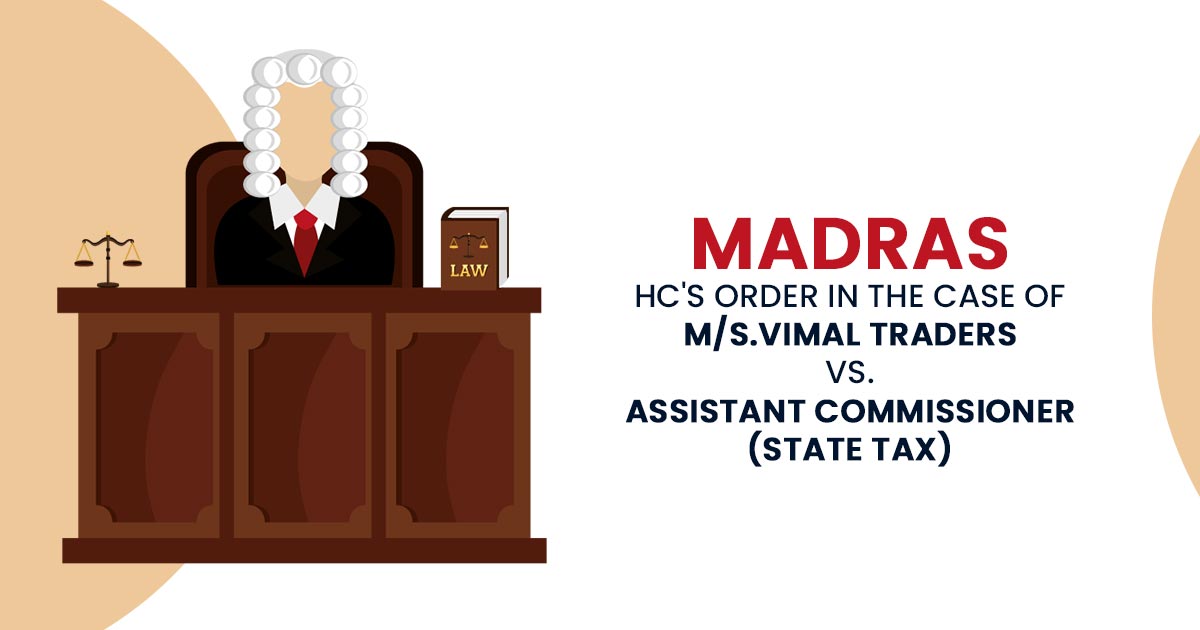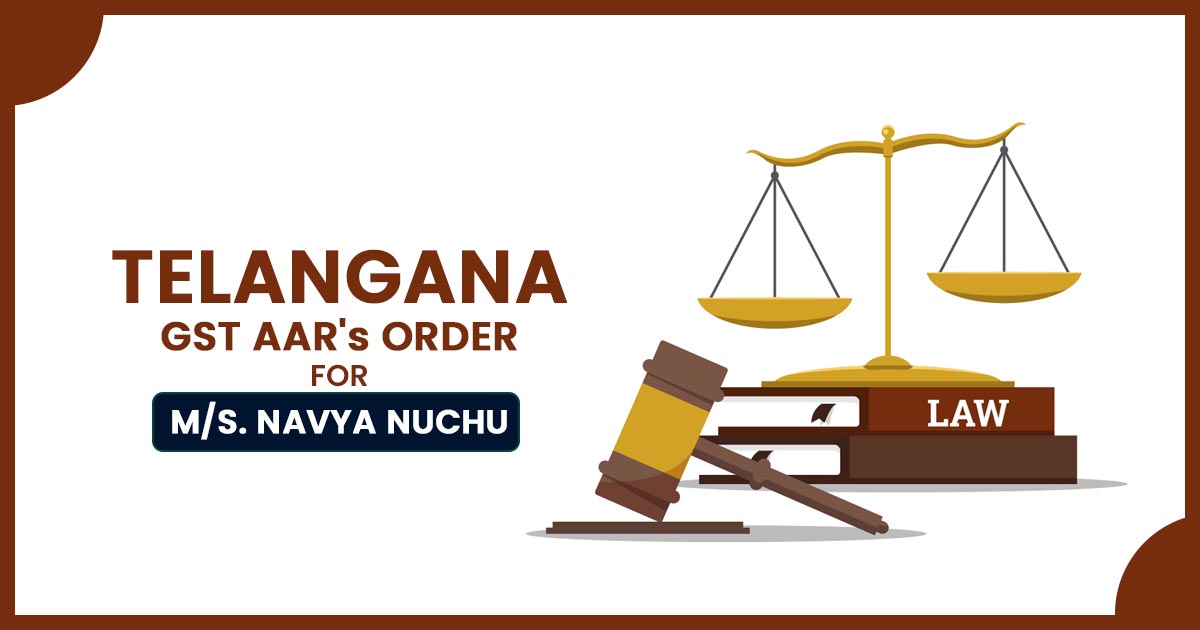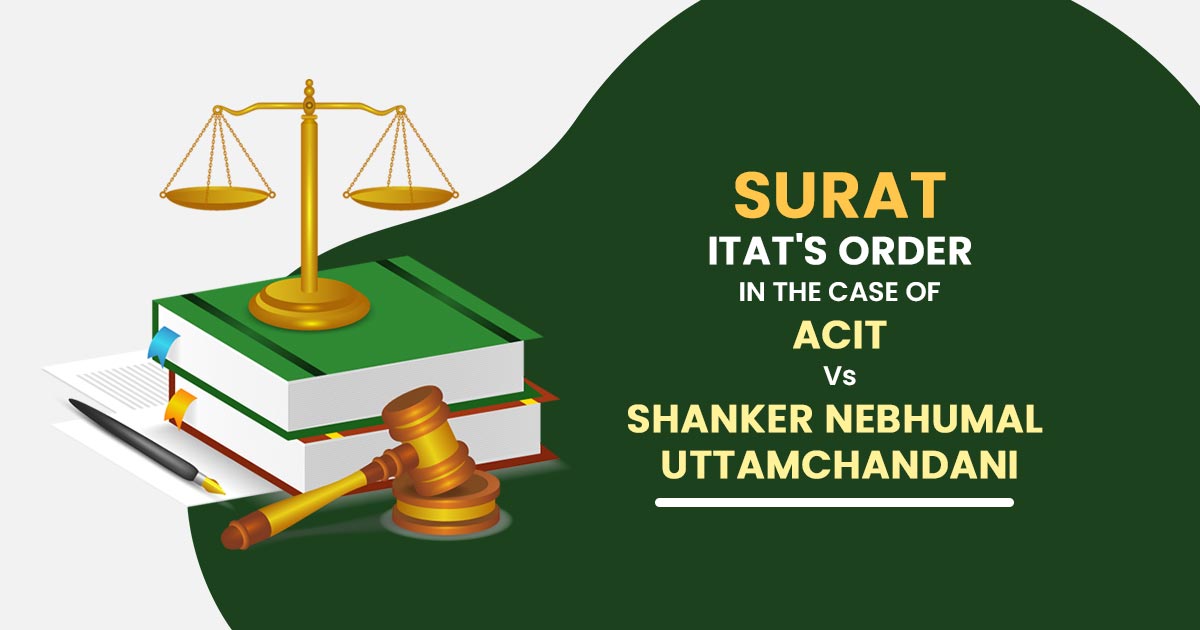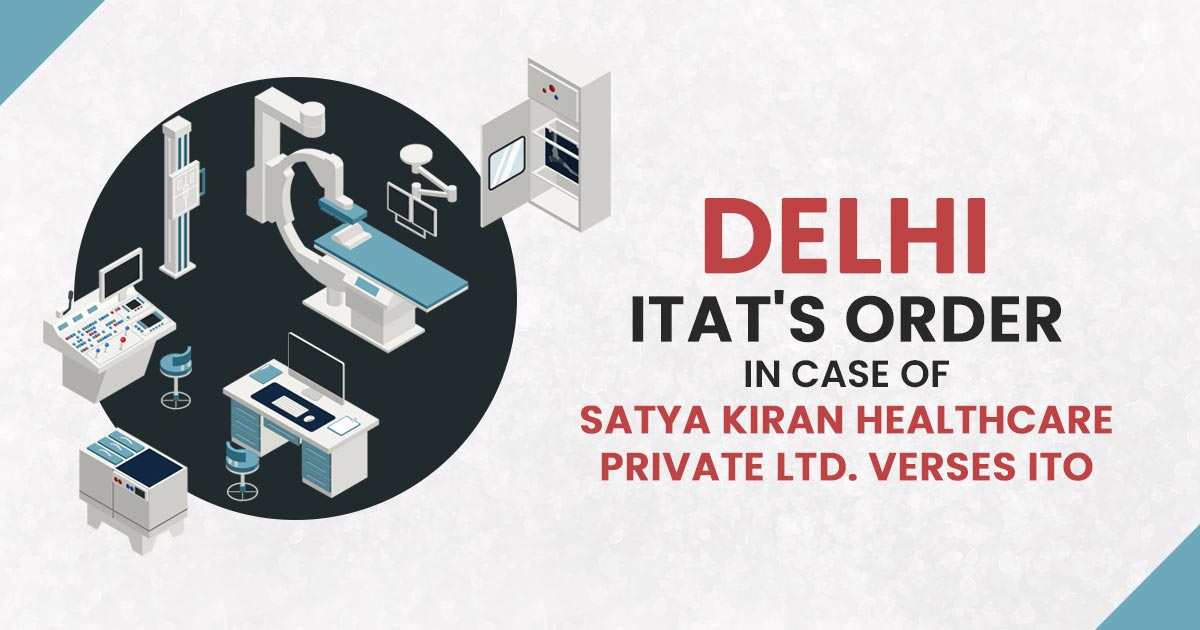Finally, the GST Bill has been approved by the Rajya Sabha and now it will go to the lower house for some rectification in the amendment. After receiving majority upvotes (203 votes) in the house, it is likely to be implemented by the 3rd quarter of 2017. There have been a lot of questions regarding the GST among the general public. So, Here we are presenting some common FAQs that will explain every single stage of GST and its benefit.
Q.1) What is GST (Goods and Services Tax)?
==> Goods and Service tax is a single tax regime for the whole economy which will convert the whole nation into one marketplace. It is a single tax on the Goods and Services which were first levied by all the middle people right from manufacturer to retailer. The details will be available at every stage of value addition which will give a brief data about the previous tax paid which will make GST only on the added value on the stage, not on the previously paid taxes.
Thus, the consumers bear only the last dealer tax in the chain and saving the tax charged from the previous stages.
Q.2) What are the benefits of Goods and Services Tax?
==> Talking about the Tax benefits of GST regime, there are several levels where the GST would see its effect:
A – Benefits for Business units
- Easy Process – An integrated and technologically advanced IT structure would be prepared for the assembly of whole GST regime in the nation. This step will ease out all the process including registrations, returns, payments, etc. and the taxpayer will avail all these on a single platform, making it a fast and reliable service.
- Single applicability of tax rates: GST would be making tax neutral nation where a business unit has a certainty of tax rate and common irrespective of the place of business operating.
- Removing of irrelevant tax flow: The tax chain currently prevailing in the country creates a hidden cost and tax figures which ultimately sums up to a huge load. The GST will make a general reform and accumulate every state to improvise the general taxation scheme.
- Making quality competition – After the application of GST, the business units would have more revenue to invest, as the transaction cost of doing the business operations will be less, thus increasing the overall competition for investing appropriately.
- The benefit to the exporters – The inclusive of major central and state taxes into the GST scheme will ward off any unnecessary tax limits. The cost will be reduced at the local level and would give an exporting confidence to the manufacturers. The tax rates and the process will also be less complex thus reducing the compliance costing.
B. Benefits for the government, both state, and central level
- The system will be less complex – Various indirect tax will be merging into GST thus giving a free structure of tax scheme to state and central government to operate. This facility along with the IT technology integration will be very much convenient for the officials to handle the economic monetary structure.
- GST will watch over the tax evasion – The IT infrastructure will be better inclusion into the GST tax regime which will transfer as many input tax credit from one level to another in the chain of value addition, and the same structure is better at handling any leakage into compliance by traders and business units.
- Maximizing revenue quality – Currently, the government is also spending for the collection of tax revenue on its own level. After the application of GST, the system would be efficient and the cost of collection will downfall leading to better revenue effectiveness.
C. Benefits to the consumers
- Transparent taxation scheme on goods and service purchased – The nation in present accumulates various indirect taxes on goods and services with various hidden charges and incomplete input tax credit accessible at progressing stage of value addition. After the GST applicable to the tax scheme, it would make one tax from starting of the manufacturer to the consumer which will ultimately make a transparent tax system.
- Decreasing the overall Tax pressure on the consumer – The tax recovery will be strengthened by the implementation of the GST tax regime with the help of IT technology, the tax evasion will see a downfall and the overall quality and load of paying tax on an individual will become less.
Q.3) Which of the Centre and State level taxes are being submerged into GST?
| Central Level | State Level |
|---|---|
| Excise Duty | Value Added Tax |
| Service Tax | Entry Tax |
| Central Sales Tax | Purchase Tax |
| Additional Customs Duty | Luxury Tax |
| Special Additional Duty | Taxes on Lottery, etc. |
| Central Surcharges and Cesses | State Cesses and Surcharges |
Q.4) How GST will be levied in India with an effective administration?
==> The Indian government is comprised of a dual federal structure and with this anatomy, there will be two components of formation:
- Central GST
- State GST
Both of the components will levy the tax on their level across the whole value chain. These components are responsible for collecting the taxes from their respective designated area of operation by applying the incurred GST. The input tax credit of CGST will be accessible for meeting the CGST liability on the outcoming at every stage. Similarly, the credit of SGST paid on inputs will be accessible for meeting SGST on output. However, there will be no overlapping usability of credits.
Q.5) How will the GST make a change? Let us see an example.
==> There are various layers of pricing factors in India which are currently prevailing at every step of transfer of Goods and Services from manufacturer/service provider to the end consumer. By taking an example, let us understand that how the GST application will turn the scene for Indian consumers:
Level 1 – Manufacturer
- Let’s say, a Good of Rs. 100 including tax of Rs. 10 and all the raw material. After the total manufacturing of that product, he adds Rs. 30 to his value
- Now the total gross value of the product will be 100+30 = Rs. 130
- At an assumed tax rate of 10%, the tax incurred upon the particular product will be thereby Rs. 13
- But, here the twist of GST will be that the previous tax paid by him of Rs. 10 while taking the possession of raw materials would be waived off as a value chain
- Therefore, the effective GST on the manufacturer will be applicable only 13-10 i.e. Rs. 3
Level 2 – Wholesaler
- Here the wholesaler obtains the product from the manufacturer for Rs. 130 and adds his margin of let’s say Rs. 20
- Now the gross value of the good would be jumped to 130 + 20 = Rs. 150
- Here again, the tax applicability will be Rs. 15 as a 10% taxation rule but the GST regime will write off on his output i.e. Rs. 15 against the previously paid tax by the manufacturer of Rs. 13. So, therefore here again the GST regime will only applicable of 15-13 = Rs. 2
Level 3 – Retailer
- In this last stage, the retailer will take the product from the wholesaler from the given Rs. 150 and assume that he adds a value of Rs. 10 to his remuneration, making the gross value of Rs. 160 (150+10). Now here, the tax applicability arises of Rs. 16 but the previously included tax paid by him of Rs. 15 in his last purchase from the wholesaler will put the tax liability dropped down to Rs. 1 only
- Thus, from the new GST taxation scheme, the total tax arises from the transactions sums only Rs. 10+3+2+1 = Rs. 16
Q.6) Is there any composite usability allowed of credits between goods and services under GST regime?
==> There is a provision of cross-utilization of credit of CGST between goods and services, and same for the SGST also, however, there is no provision to use the credit in a cross-utilization of CGST and SGST except in the case interstate supply of goods and services under the IGST model.
Q.7) What is the contribution of IT technology in the enforcement of GST regime?
==> The government has registered themselves in nonprofit organization Goods and services Network (GSTN) to share IT infrastructure and services to central and state government, stakeholders as well as taxpayers. The main agenda behind the formation of GSTN – Goods and service tax network are that there will be a uniform and transparent interface readily available to all the members, taxpayers, stakeholders and government.
The GSTN will be a framework which will be used to create an elongated feature of various information regarding registrations, return and payments to taxpayers, and also having a server for backing up the states which encompass processing of returns, registrations, audits, assessments, and appeals.
All the governing bodies, accounting departments, RBI and banks are also making themselves ready for this new IT structure for the proper implementation of GST. It will be very helpful in self-assessing of the returns and there will be no manual filing of returns.
Q.8) How will GST be levied upon the imports in the country?
==> The Additional Duty of Excise and the Special Additional Duty or SAD presently being levied on imports will be subsumed under GST. As per explanation to clause (1) of article 269A of the Constitution, IGST will be levied on all imports into the territory of India. Now the states, where the goods have been imported and consumed will be getting their share from IGST pain.
Q.9) What are the major features of the proposed registration procedures under GST?
==> The major features of the proposed registration procedures under GST are as follows:
- i. Existing dealers: Existing VAT/Central excise/Service Taxpayers will not have to apply afresh for registration under GST.
- ii. New dealers: Single application to be filed online for registration under GST.
- iii. The registration number will be PAN-based and will serve the purpose of Centre and State.
- iv. Unified application to both tax authorities.
- v. Each dealer to be given unique ID GSTIN.
- vi. Deemed approval within three days.
- vii. Post registration verification in risk-based cases only.
Q.10) What are the major features of the proposed returns filing procedures under GST?
==> The major features of the proposed returns filing procedures under GST are as follows:
- a. The common return would serve the purpose of both Centre and State Government.
- b. There are eight forms provided for in the GST business processes for filing for returns. Most of the average taxpayers would be using only four forms for filing their returns. These are returned for supplies, return for purchases, monthly returns, and annual return.
- c. Small taxpayers: Small taxpayers who have opted composition scheme shall have to file a return on a quarterly basis.
- d. Filing of returns shall be completely online. All taxes can also be paid online.
Q.11) What are the major features of the proposed payment procedures under GST?
==> The major features of the proposed payments procedures under GST are as follows:
- i. Electronic payment process- no generation of paper at any stage
- ii. Single point interface for challan generation- GSTN
- iii. Ease of payment – payment can be made through online banking, Credit Card/Debit Card, NEFT/RTGS and through cheque/cash at the bank
- iv. Common challan form with auto-population features
- v. Use of single challan and single payment instrument
- vi. A common set of authorized banks
- vii. Common Accounting Codes
Q.12) How to file GST Return Online?
==> The data is disclosed and we provide the complete guide of GST return filing online on the official GST Portal.
Q.13) Can we file GST Return Online through Any Software?
==> Yes, you can file GST return online through Gen GST Software, developed by SAG Infotech Pvt Ltd.











GST CREDIT ELIGIBLE FOR LUNCH BOXES PUR.
ITC is not eligible for foods or beverages
these are empty lunch boxes. bill is on the name of company
Yes, ITC is eligible for empty lunch boxes.
ITC ON PRESSURE COOKER PUR. FOR MESS???
Yes
PRESSURE COOKER PUR. FOR MESS FACILITY PROVIDED BY ENGG. COMPANY AT DIFFERENT SITES TO EMPLOYEES?
FOR CASH EXPENSES WHICH HAVE NO BILLS HOW TO MAINTAIN THAT?
For cash expenses which have been incurred on account of unregistered dealers the liability to pay such tax is on receiver under the reverse charge and receiver need to prepare payment voucher to account all those expenses as per GST Act.
If manufacturers sales good /products on mrp based system through ist chain of c&f distributors dealers retailers and there is no value addition at any point in chain but commission paid on sales.
Then the gst will be paid on mrp?
And what if product is sold to ultimate consumer on discount On mrp?
GST will be payable on MRP but when discount is offered to consumer then GST will Be applicable on Discounted price.
@SDCO
As per GST invoicing rules, if discount is given at the time of sale, than GST to be payable on net sale value [MRP-Discount]
Please let me know for further clarification
Discount known at the time of sale is only deductible from sale price and GST will be levied on net price.